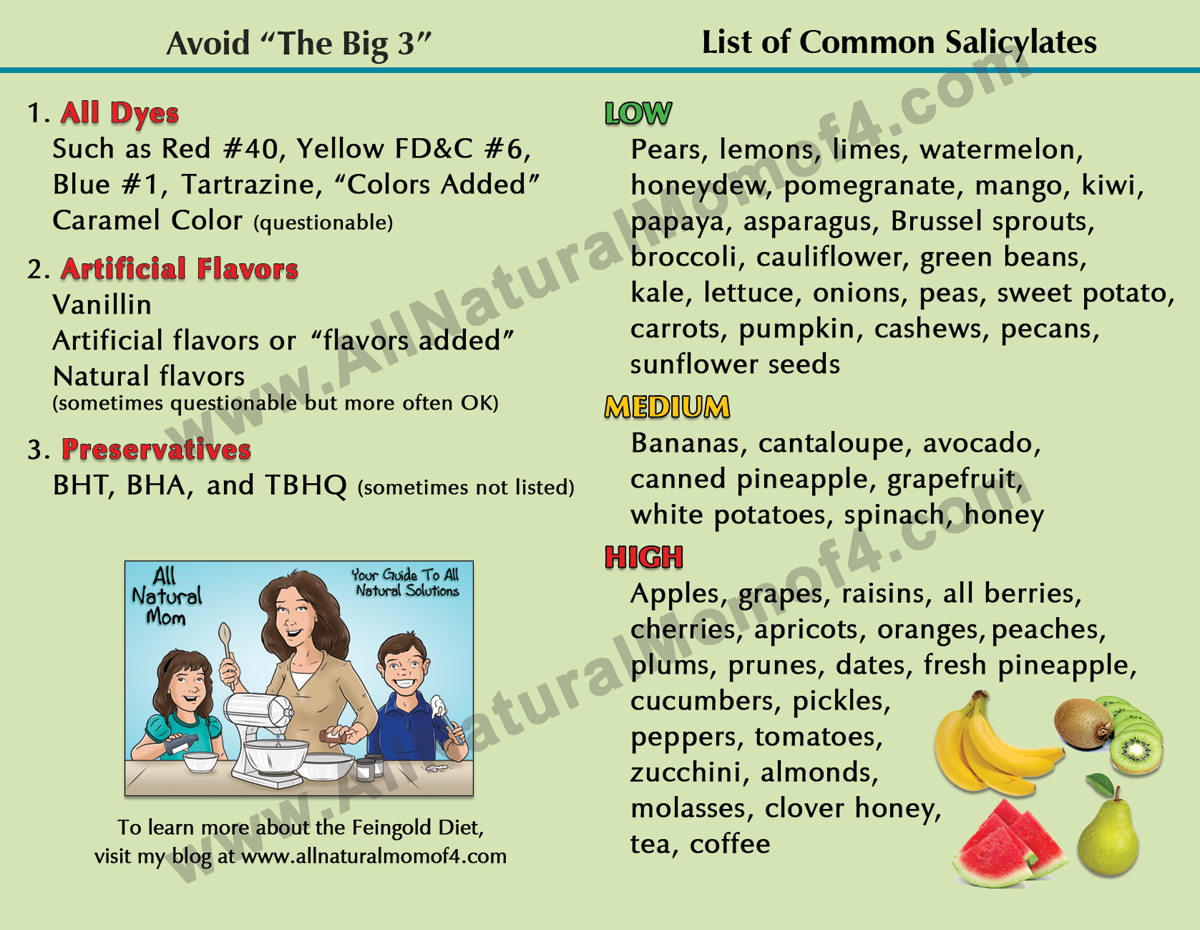
According to the FDA any color added to food means the food. A thorough longitudinal study on the effects of caramel coloring would be a nice addition to the literature.
This is a concentrated dark brown mixture of.
Caramel color natural or artificial. CSPI also asked that no products containing the two colorants be allowed to be labeled natural. Most people would interpret caramel coloring to mean colored with caramel said CSPI director Michael Jacobson. This is a concentrated dark brown mixture of.
Caramel colours with chemical modification need to be considered as a separate group of colours which are neither artificial nor natural. Regulation EC 19242006 on nutrition and health claims does allow for naturalnaturally nutrition claims under certain conditions but. Is Caramel Color Natural Or Artificial.
December 9 2016 colorpaints Leave a comment. What is caramel color e150 in food how to caramel color melt american salon caramel color what the heck is it natural ings caramel color maker. What Is Caramel Color.
Caramel color is a golden brown honey or amber color to a deep dark almost-black brown coffee or cola color. It is always water-soluble in either liquid or powdered form and is prepared by the controlled heating of food grade carbohydrates with or without added chemical catalysts. Caramel color or caramel coloring is a water-soluble food coloring.
It is made by heat treatment of carbohydrates in general in the presence of acids alkalis or salts in a process called caramelization. It is more fully oxidized than caramel candy and has an odor of burnt sugar and a somewhat bitter taste. Its color ranges from pale yellow to amber to dark brown.
Caramel color is one of the oldest and most widely used food colorings for enhancing naturally. When caramel color is added to Coca Cola it is being artificially colored although caramel coloring is derived from natural sources. Therefore the term artificial color simply means a color that is used to artificially add color to a food.
As stated above the term artificial is often used interchangeably with synthetic but his usage is not technically correct. Caramel Replacement Strategy 1. Natural Blue Red Yellow One common approach to replace caramel coloring would be to use a combination of a natural red like beet a natural yellow such as beta-carotene and a natural blue vegetable juice.
This blend produces excellent brown shades assuming the pH is above 4. Certain substances such as acids ammonia and sulphite compounds. The caramel colours are considered to be a separate category of colours as the differentiation criteria applicable for the colours in N1-N3 cannot be applied to the caramel colours because they neither occur as such in nature so that they could be found in a natural starting.
CARAMEL COLOURS Prepared at the 55th JECFA 2000 and published in FNP 52 Add 8 2000 superseding specifications prepared at the 31st JECFA 1987 published in FNP 38 1988 and in FNP 52 1992. An ADI for Class I Not specified was established at the 29th JECFA 1985 for Class II. Dig into the news of caramel color natural or artificial.
Is caramel color natural or artificial. Caramel color is derived from natural sources sugar or corn. But so are compounds like high fructose corn syrup.
Certainly the form of sugar used in creating the caramel color will be a refined product. Its natural but about two steps away from a natural. Caramel Coloring What you may not know is that caramel coloring can be derived from wheat and thus contain a small amount of gluten.
I recommend avoiding any natural or artificial coloring and especially avoid caramel coloring if you are particularly sensitive to or allergic to gluten. Caramel coloring has absolutely zero nutritional value and can pose a wide range of serious side effects. It is unfortunate that millions are consuming this toxic byproduct though its only use is for aesthetics.
If you havent already begun to check your food drink labels you may want to do so. Definition for a Natural color additive. Caramel Color is exempt from certification unlike FDC dyes which require certification is GRAS 21 CFR 1821235 and is derived from food grade carbohydrates.
According to the FDA any color added to food means the food. The color additive Caramel Color is exempt from certification so it does not require a certificate like FDC colors. Since there is no regulatory definition of a Natural food color additive there is no Natural Certification for a Caramel Color although FDA guidelines state that all added colors result in.
Caramel color can be artificial but sometimes it is natural. When its natural it is made from carbohydrates such as dextrose. The caramel color in pop is usually not good and artificial.
To be on the safe side I would only consume organic caramel color. A thorough longitudinal study on the effects of caramel coloring would be a nice addition to the literature. Is caramel color natural.
Caramel color is derived from natural sources sugar or corn. But so are compounds like high fructose corn syrup. Certainly the form of sugar used in creating the caramel color will be a refined product.
In addition to colas caramel color is typically found in soy sauce dark breads baked goods and beer. Theres no way to know which type of caramel color might be in your food and it can also be listed just as artificial color on the label but most foods contain such small quantities it.